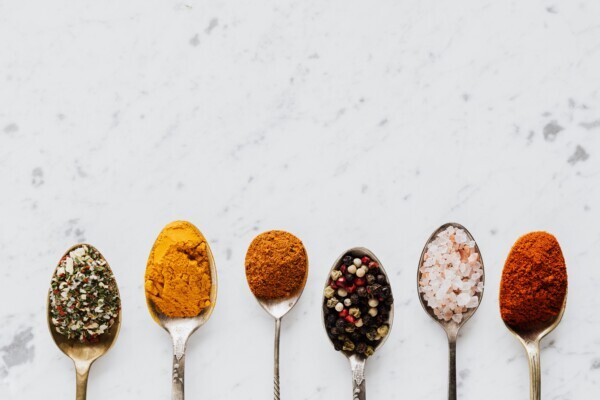Headlines about salt never seem as prevalent as those bashing either fat or sugar, and yet dietary wise, salt is the biggest threat to our health. If salt intake fell by a third, it would prevent 8000 premature deaths in the UK and could save the NHS over £500 million annually.
What is it about salt that makes it so dodgy?
It’s the sodium in salt that’s the issue. Sodium helps to control your body’s fluid balance, helps send nerve impulses and affects muscle function. We need it, but too much of it disrupts our delicate fluid balance, pulling water into our blood stream and increasing the total amount of blood volume we’re then pumping around. This is turn increases blood pressure – literally the pressure needed to push all the extra volume around the body. This increases risk of heart failure, coronary artery disease and stroke, chronic kidney disease and vascular dementia. Eek, salted peanut anyone?
Quite sobering figures to read as I double dip my sushi into soya sauce and enjoy a pre- dinner crisp fest. High blood pressure affects 9.5 million people in the UK, but it is estimated that for every 10 people diagnosed with high blood pressure, seven remain undiagnosed and untreated.
So, what do we do about this salt thing?
Firstly, are you one of one in fifteen Brits that adds salt out of habit? 60% of families automatically add salt to their plate without necessarily even tasting the food.
Do taste buds adjust to less salt?
Yes, the good news is, you can train your taste buds.
How do I lower my salt intake?
Are there any quick wins to reducing salt intake?
Yes!
- Choose reduced-salt options e.g. gravy, soya sauce, ketchup and stock cubes.
- If reduced-salt options aren’t available, you can dilute sauces with water during cooking; it is unlikely you would notice a difference.
- Choosing LoSalt (a reduced sodium salt with 66% less sodium) is an easy swap – it’s made from potassium chloride which can actually have protective benefits on reducing blood pressure.
Also, a quick win….
- Switch salt for other herbs and spices. Add spices early on in cooking as they give off flavour as they heat. Finish by adding fresh herbs, most of which you can also freeze fresh without affecting their flavour.
- Chilli, ginger and garlic (fresh or frozen) are brilliant for adding flavour and warmth to dishes. Trying roasting garlic whole in their skins and squeezing the garlic paste out on top of your food.
- Add lime or lemon juice as you dish up for zingy finish and a vitamin C boost too!
Other sources of salt in the diet
- Processed foods and what I mean by that is ready meals and sauces, for example that may have extra salt added – have a look at the label.
- Processed meats like ham, salami, sausages and bacon – there’s a place for them in your diet if you enjoy them, just in context to the rest of your diet.
Salt is used as a preservative, so its presence is not necessarily a bad thing. It’s really just about awareness of how much salt is in the food that you’re eating often. Use the following as a guide:

Ideally we need no more than 6g a day.
Remember pretty coloured salts are no better for you – Himalayan rock salt, for example sounds fancy, but its sodium content is not worthy of it’s cool name.
Hope that quick overview helps, let me know if you have any questions 🙂


Leave A Comment